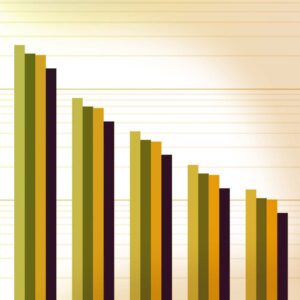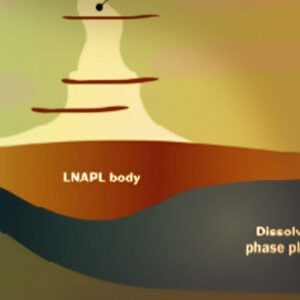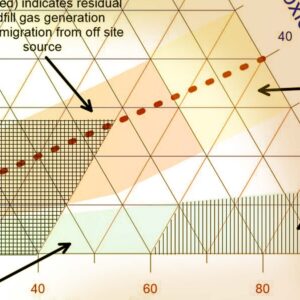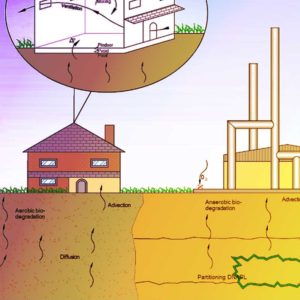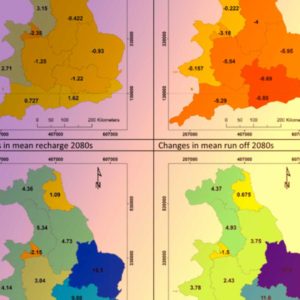Issue Date: February 2025
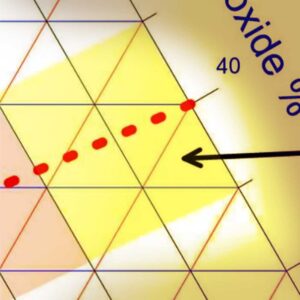
Estimating gas generation and flow in the ground requires a good understanding of the sources and pathways relating to ground gas. Whilst the calculations are not necessarily mathematically complex, the primary consideration is choosing a robust and defensible approach for the assessment and representative input values in order to ensure that any such approach is appropriate for the situation and reflects the site-specific conceptual site model (CSM).
The SoBRA Ground Gas subgroup has produced the following guidance paper to aid practitioners with the estimation of mass flux of ground gas. This paper provides guidance on some approaches for calculating gas generation rates, calculating gas flux where gas monitoring data is available, determining whether gas migration is diffusion or advection dominant and providing context on determining flux significance.


